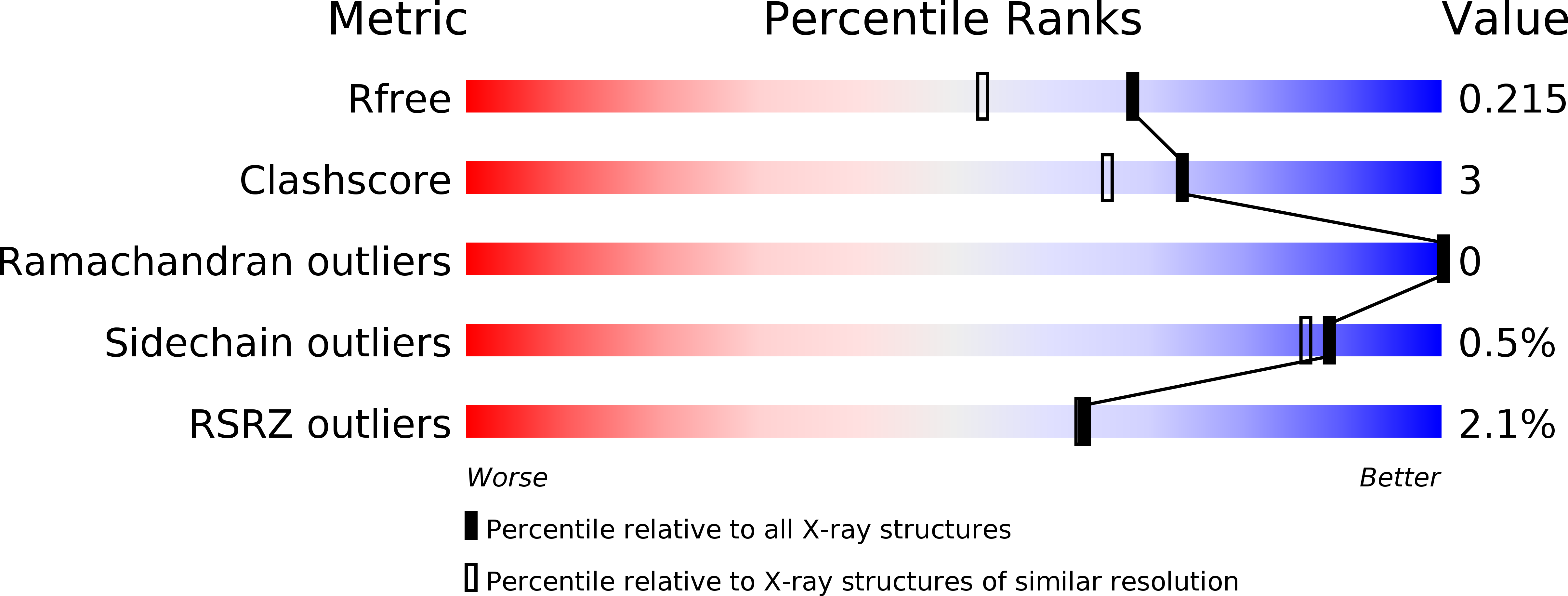
Deposition Date
2013-12-05
Release Date
2014-12-24
Last Version Date
2023-12-20
Entry Detail
PDB ID:
4CI5
Keywords:
Title:
Structural basis for GL479 a dual Peroxisome Proliferator-Activated Receptor gamma agonist
Biological Source:
Source Organism:
HOMO SAPIENS (Taxon ID: 9606)
Host Organism:
Method Details:
Experimental Method:
Resolution:
1.77 Å
R-Value Free:
0.21
R-Value Work:
0.17
R-Value Observed:
0.17
Space Group:
C 1 2 1


